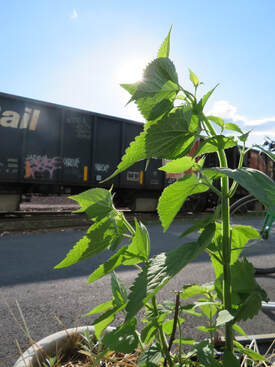 Sunlight has many benefits to health. The sun produces a broad spectrum of light, most of which is in the visible range to the human eye. This light is responsible for stimulating the production of vitamin D within our cells, which is necessary for the proper functioning of our immune and nervous systems. While visible light from the sun imparts well-being and keeps our bodies in balance, ultraviolet radiation (which is outside the spectrum of visible light) can cause harm, especially when that exposure is direct, intense, and for too long. There are a few different types of UV radiation. You will notice that most commercially available sunscreens are marketed as “broad spectrum” or UVA/UVB protective. This is because these two types of UV radiation are most likely to cause health problems. UVA radiation is responsible for skin aging, wrinkling, and skin cancer. UVB radiation is what causes sunburns. It also can cause skin cancers, mole development, and immunosuppression. Sun Protection The best way to prevent sun damage to the skin is to avoid too much exposure. The easiest way to do this is to pay attention to when the sun’s rays are the strongest, and stay indoors or in the shade during these times. The higher the sun is in the sky, the more risk there is for UV exposure. Here are some general guidelines:
Cover up. In the winter this is easy, since most of us will want to stay warm. Just remember the sunglasses and face mask to cover your nose, which is still vulnerable to sunburn. In the summer when it is hot, it can be tempting to go out with less clothes, which exposes more skin to UV light. I’ve found that loose clothing made from natural fibers such as linen or silk protects skin while keeping cool (and stylish!). Tightly woven sun hats with a broad brim are great because they create shade for the face, neck, and shoulders. Even a baseball cap can be useful. If covering up is not an option, sunscreens may be used. Be selective in your choice of sunscreens: many contain chemicals and micronized minerals that could be harmful to the health of the wearer and the environment. Herbal Sunburn Care Most people know about Aloe vera as a topical herbal remedy for sunburn. In my experience, Aloe feels nice for a few minutes (until it dries) but does very little to decrease the severity or duration of a burn. A few years ago, after learning about tulsi or holy basil’s ability to reverse abnormal cell growth caused by radiation, I began experimenting with using tulsi extract topically on sunburn. The first time I tried it, I had been out too long on a particularly sunny day in May. I wasn’t yet thinking about sun hats and staying indoors from 10am-4pm, and my nose had paid the price after a day of cycling. I pulled my tulsi tincture off the apothecary shelf and rubbed a little bit into my burn. Sure enough, the next day the redness and pain were gone. I’ve since learned that applying tulsi extract once, followed by healing lotion (to keep the skin hydrated) is an excellent remedy for sunburn. For very severe or widespread sunburn, a strong infusion of tulsi, green tea, and Calendula may be more appropriate, since the alcohol in most tinctures can be drying to the skin. I recommend green tea here because it has been shown to both prevent sunburn when used topically and to repair UVB-induced damage. This infusion can be applied directly to the skin, or added to a room temperature bath for soaking. As with the tincture, allow the skin to air-dry and apply healing lotion afterwards. It is also important to stay hydrated and well rested. Sunburn, as with other types of burns, should be treated and cared for like a wound. Drinking adequate amounts of water and getting plenty of sleep allows the body to heal at an optimal rate. Recipes After-Sun Infusion Ingredients:
Directions: Bring water to a boil, pour over herbs, and let steep, covered, until cool. Strain and store in the refrigerator for up to 4 days. Apply directly to sunburnt skin or add to room temperature bath water. Healing Lotion (adapted from Rosemary Gladstar’s lotion recipe) Ingredients: Water part:
Oil part:
Directions:
Thanks for reading! By Emma Merritt, clinical herbalist at Railyard Apothecary ************************************************************************************* To book a 1-on-1 herbal consultation with Emma, click here. Emma will be teaching a class on sun protection online on Wed., July 15th, 6-7pm. Register and info here. If you're reading this after that date, you can take a look for the class recording here.
3 Comments
7/13/2022 05:10:31 am
There are several applications that harness the properties of UV radiation and provide many benefits to the health and well-being of people. The ability of UV waves to kill microbes and remove contaminants is the primary use today.
Reply
Leave a Reply. |
Details
RAILYARDCheck in here to keep updated on news and activities at the apothecary. Archives
April 2024
Categories
All
|
railyard apothecary
*These statements have not been evaluated by the Food and Drug Administration. This product is not intended to diagnose, treat, cure, or prevent any disease. For educational purposes only.
|
|

 RSS Feed
RSS Feed
